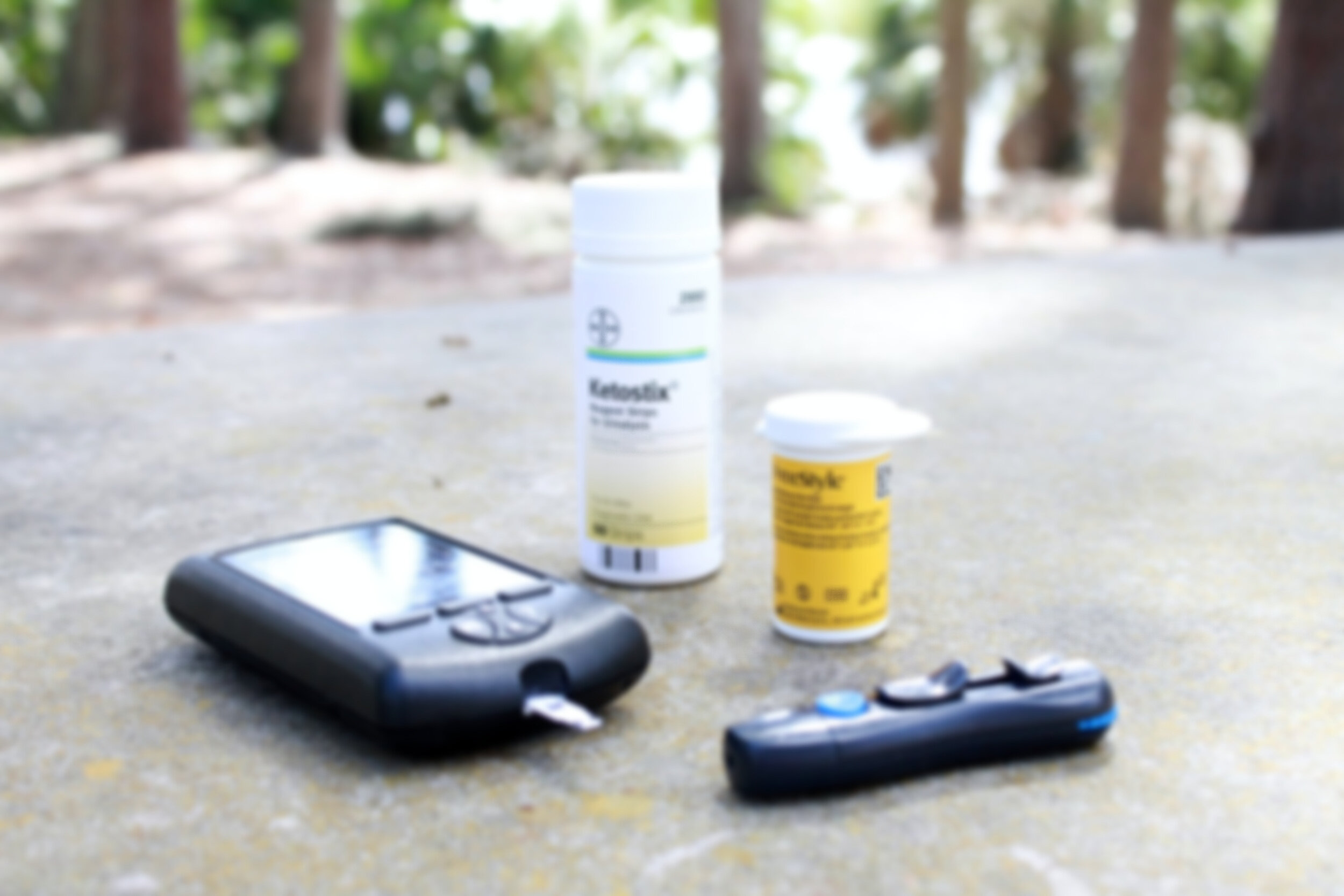
Monitoring
Knowing Your Numbers
Blood glucose levels and Hemoglobin A1C measures can help you to know if you are meeting your diabetes goals.
Blood Glucose Monitoring
You can check your sugar levels by your doctor ordering lab work. You can also monitor them with a home glucose monitor. There are many types of glucose monitors available. Most insurances pay for monitors. There are simple glucose monitors. These check your sugar when you need to. Continuous glucose monitors constantly check sugars. These are covered by most insurances if you use insulin. Otherwise, a simple glucose monitor is adequate.
Your doctor may order home monitoring once a day or more often depending on your needs. Fasting blood glucose levels should run less than 125mg/dl. Fasting means you check your sugar after no food or drinks (except water) for 8 hours. Post prandial glucose (2 hours after eating a meal) should be less than 180mg/dl for diabetes control. You and your doctor should discuss your blood sugar numbers and set goals based on your needs.
Hemoglobin A1C
Hemoglobin A1C will be ordered by your doctor to monitor your average blood glucose levels. This test is done by lab work and is ordered every 3-6 months. The A1C measures your average blood glucose levels over a 3-month period of time. A1C goals are determined by you and your doctor. Normal A1C levels should be between 6.5 to 7 percent. This may vary based on your needs.


